Blench, R.M. and Walsh, M. June 27, 2009. Faunal Names in Malagasy: Their Etymologies and Implications for the Prehistory of the East African Coast. Prepared for ICAL IX Aussois, 21-25 June 2009. Retrieved on February 9, 2014.
- Available at: http://www.academia.edu/1691463/Faunal_names_in_Malagasy_their_etymologies_and_implications_for_the_prehistory_of_the_East_African_coast
"Bronx Zoo: Ring-tailed Mongoose." Wildlife Conservation Society. Retrieved on February 9, 2014.
- Available at: http://www.bronxzoo.com/animals-and-exhibits/animals/mammals/ring-tailed-mongoose.aspx
"Galidia elegans: I. Geoffroy Saint-Hilaire, 1837." In: ITIS. Integrated Taxonomic Information Systems. Retrieved on February 9, 2014.
- Available at: http://www.itis.gov/servlet/SingleRpt/SingleRpt?search_topic=TSN&search_value=621875
"Galidia elegans: Ring-tailed Vontsira." Encyclopedia of Life. Retrieved on February 9, 2014.
- Available at: http://eol.org/pages/999164/overview
Geoffroy Saint-Hilaire, Isidore. "Notice sur deux nouveaux genres de Mammifères carnassiers, les Ichneumies, du continent africain, et les Galidies, de Madagascar." Magasin de zoologie, d'anatomie comparée et de palaeontologie, ser. 2, vol. 1 (1839): 1-39.
- Available via Biodiversity Heritage Library at: http://biodiversitylibrary.org/page/39898313
Gervais, P. 1854. Histoire naturelle des mammifères, avec l'indication de leurs moeurs, et de leurs rapports avec les arts, le commerce et l'agriculture. Paris: Libraire Curmer.
Hawkins, A.F.A. 2008. "Galidia elegans." In: IUCN 2013. IUCN Red List of Threatened Species. Version 2013.2. Retrieved on February 9, 2014.
- Available at: http://www.iucnredlist.org/details/39426/0
Isaac T. Galidia elegans." Pioneer Union Elementary School District Virtual Zoo! February 2009. Retrieved on February 9, 2014.
- Available at: http://pioneerunion.ca.schoolwebpages.com/education/components/scrapbook/default.php?sectiondetailid=3083
"Malagasy Ring-tailed Mongoose." ARKive. Retrieved on February 9, 2014.
- Available at: http://www.arkive.org/malagasy-ring-tailed-mongoose/galidia-elegans/
Myers, P., R. Espinosa, C. S. Parr, T. Jones, G. S. Hammond, and T. A. Dewey. 2014. "Galidia elegans: Ring-tailed Mongoose." The Animal Diversity Web (online). Retrieved on February 9, 2014.
- Available at: http://animaldiversity.ummz.umich.edu/accounts/Galidia_elegans/specimens/
Nowicki, K. 2004. "Galidia elegans: Ring-tailed Mongoose" (On-line). Animal Diversity Web. Retrieved on February 9, 2014.
- Available at: http://animaldiversity.ummz.umich.edu/accounts/Galidia_elegans/
Ovid. Metamorphoses. Book IX.
"Ring-Tailed Mongoose." The Animal Files. Retrieved on February 9, 2014.
- Available at: http://www.theanimalfiles.com/mammals/carnivores/mongoose_ring_tailed.html
"Ring-tailed Mongoose." The Website of Everything. Retrieved on February 9, 2014.
- Available at: http://thewebsiteofeverything.com/animals/mammals/Carnivora/Herpestidae/Galidia/Galidia-elegans.html
Saint-Hilaire, I.G. de. 1837. Comptes rendus hebdomadaires des séances l'Académie des Sciences 5:581.
Schnoell, A. V. 2012. Sighting of a Ring-tailed Vontsira (Galidia elegans) in the Gallery Forest of Berenty Private Reserve, Southeastern Madagascar. Malagasy Nature 6:125-126.


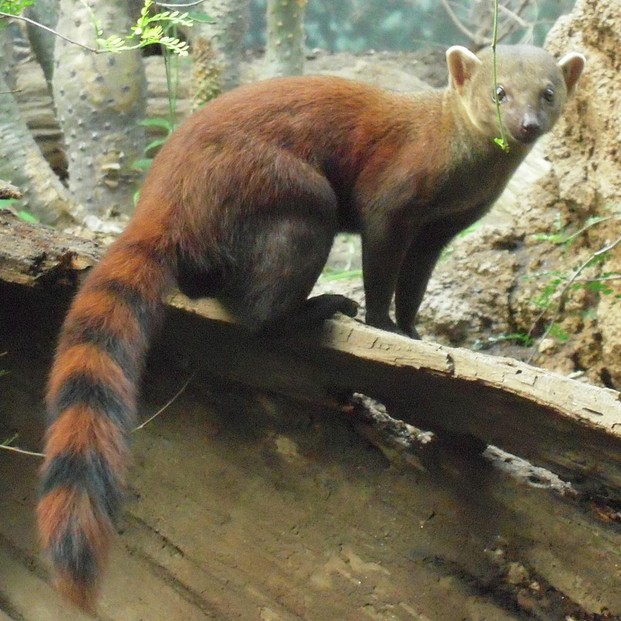
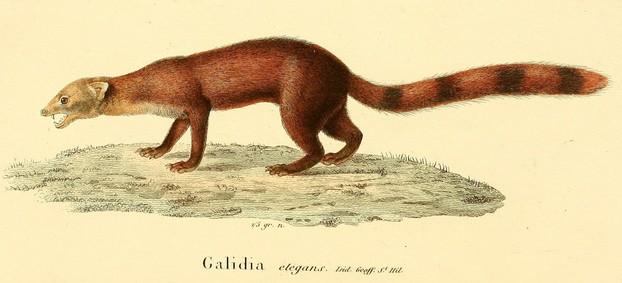
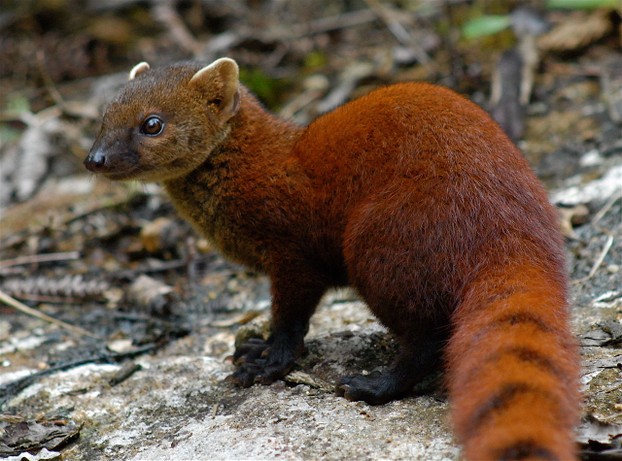
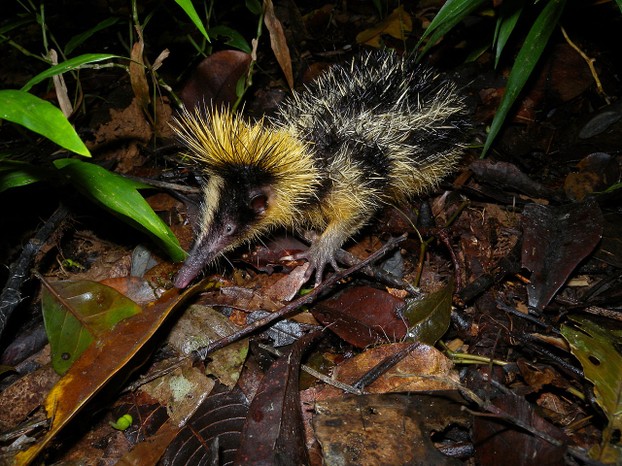
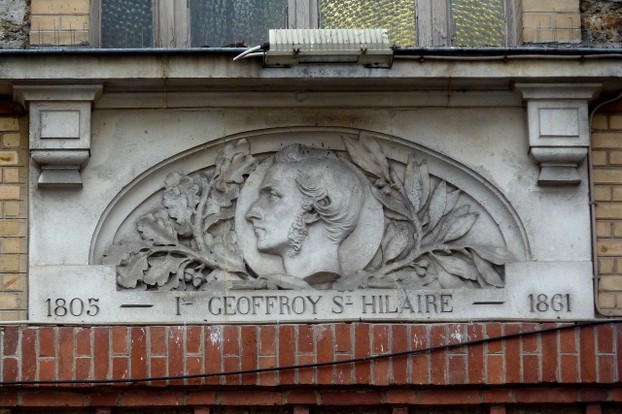
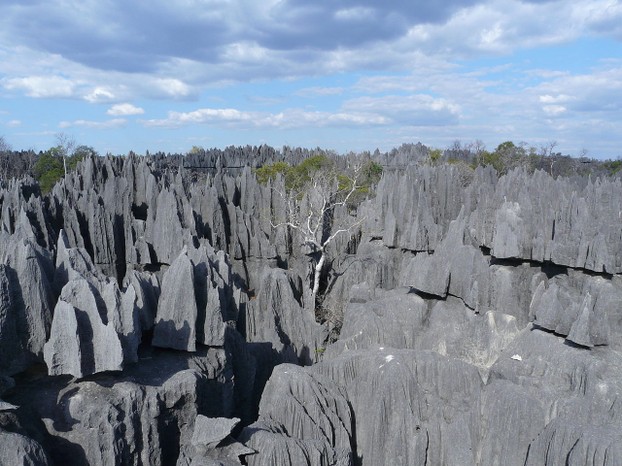
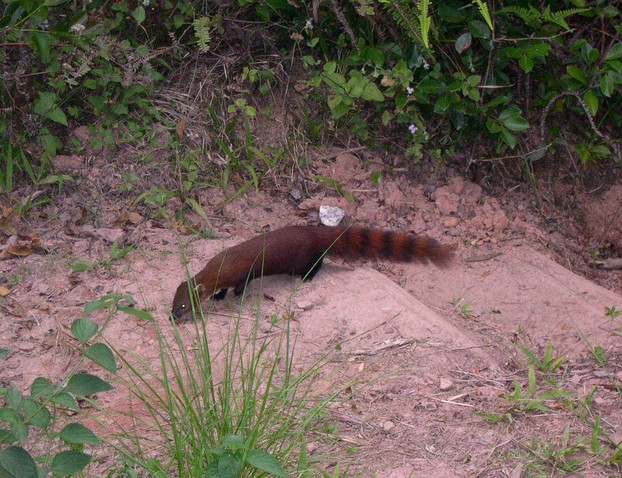
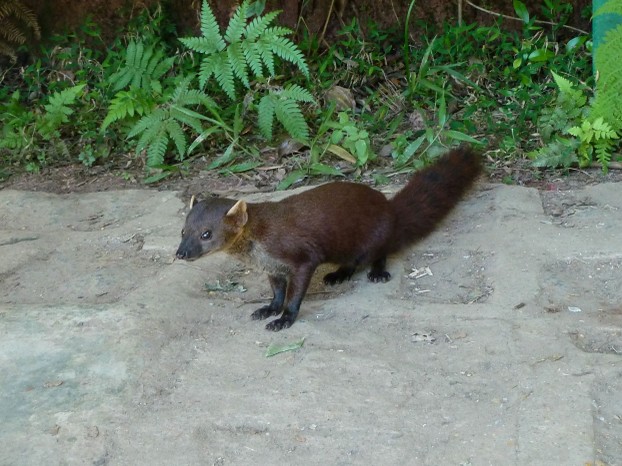



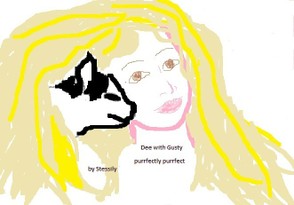
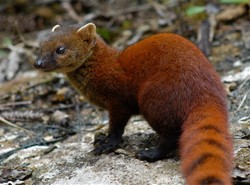

 Are Hawaiian Huakai Po Nightmarchers Avenging Halloween Thursday?on 10/02/2024
Are Hawaiian Huakai Po Nightmarchers Avenging Halloween Thursday?on 10/02/2024
 Mailing Addresses for 2023 Form 4868 Extending 1040 and 1040SR April 15, 2024, Due Dateon 04/15/2024
Mailing Addresses for 2023 Form 4868 Extending 1040 and 1040SR April 15, 2024, Due Dateon 04/15/2024
 Mailing Addresses for 2023 Forms 1040 and 1040SR Filed in 2024on 04/15/2024
Mailing Addresses for 2023 Forms 1040 and 1040SR Filed in 2024on 04/15/2024
 Mailing Addresses for 2022 Form 4868 Extending 1040 and 1040SR April 18, 2023, Due Dateon 04/13/2023
Mailing Addresses for 2022 Form 4868 Extending 1040 and 1040SR April 18, 2023, Due Dateon 04/13/2023

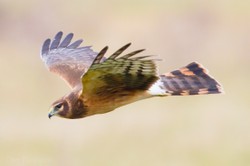
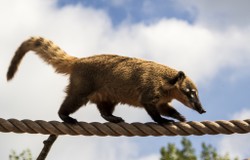
Comments
Mira, You're welcome.
Wow, really nice explanation. Thank you!
Mira, Isn't it amazing that there are three acceptable plural forms of "mongoose"? "Mongaggle" seems particularly charming.
The rock formations comprise Madagascar's karstic landscape, which is another twist on karstic geomorphology (geographical and geological landforms). They're sculpted by groundwater into these bizarre shapes, for which the Malagasy language term is tsingy, basically meaning "a place where you cannot walk barefoot."
What on earth are those rock formations in that photo of Madagascar?
Interesting article, btw! And how curious that I never wondered about the plural of mongoose, a word which I see now has three plural forms!!